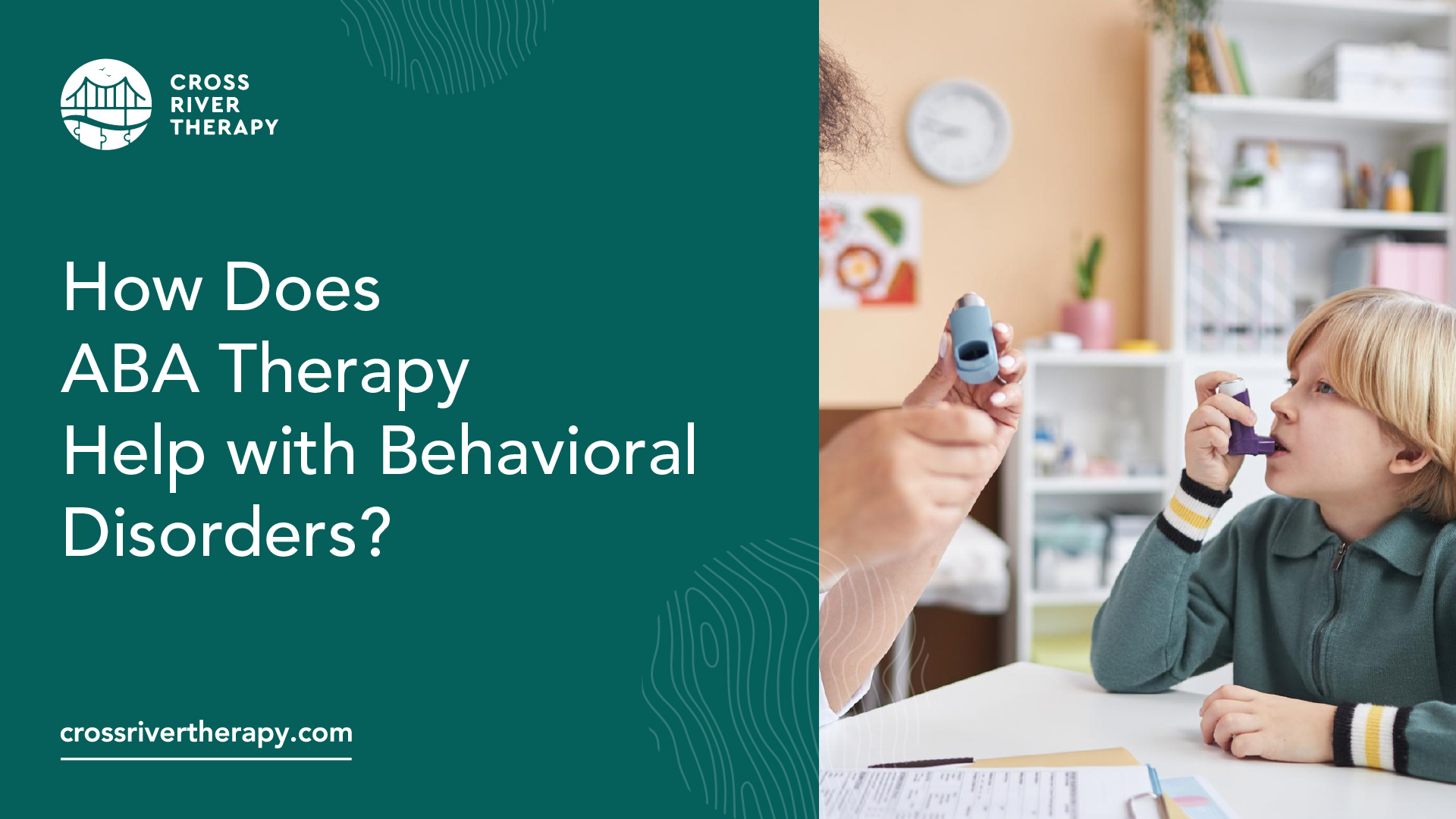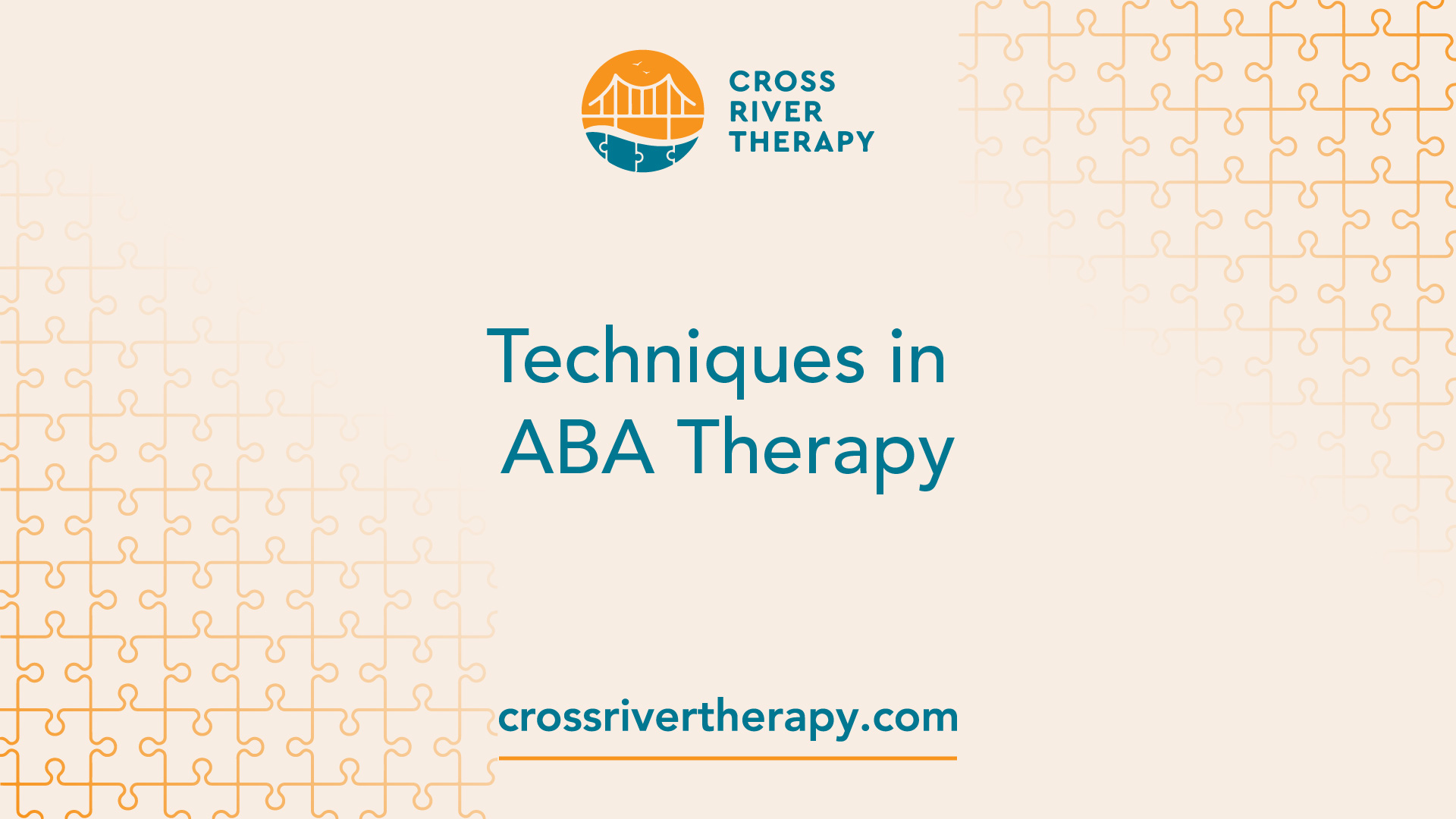How Does ABA Therapy Help with Behavioral Disorders?
Discover how ABA therapy for behavioral disorders supports children with autism in thriving and communicating better!
Understanding ABA Therapy
Historical Overview
Applied Behavior Analysis (ABA) has been utilized since the 1960s to support children with autism and related developmental disorders. The approach has evolved significantly from its early applications, which included both positive reinforcement and punishment methods to manage problematic behaviors [1]. Over time, the emphasis has shifted to techniques focused on positive support and skill development, moving away from methods like electric shocks that were once deemed acceptable [2].

The foundation of ABA therapy is attributed to psychologist B.F. Skinner, who developed operant conditioning, a theory aimed at influencing behavior through changes in consequences. This historical context is crucial for understanding not just the basics of ABA, but also the ethical evolution towards a more supportive framework in helping children with autism reduce maladaptive behaviors and cultivate essential life skills.
Core Techniques of ABA
ABA therapy employs various techniques designed to reinforce desirable behaviors while diminishing problematic ones. The core techniques primarily focus on improving essential functional skills, encompassing areas such as social interactions, communication, daily living skills, self-regulation, and play. Below is a summary of core techniques often found in ABA therapy:
TechniqueDescriptionPositive ReinforcementProviding rewards to encourage desired behaviors.Discrete Trial Training (DTT)Breaking down skills into small, teachable segments and teaching them in a structured way.Antecedent InterventionsModifying the environment and triggers to prevent problematic behaviors.Natural Environment TrainingTeaching skills in typical settings to boost generalization and application.
These techniques help children learn more effectively and develop better emotional regulation, enhance their ability to communicate needs, and engage positively with others. For more insights on specific ABA services, please refer to our discussions on aba therapy and autism support and aba therapy for autism spectrum disorder services.
Benefits of ABA Therapy
ABA therapy offers various advantages for children diagnosed with autism, especially in areas crucial for their development and overall well-being.
Positive Outcomes in Children
Numerous studies have demonstrated that intensive and long-term therapy grounded in ABA principles can lead to substantial improvements in various domains for children with autism. More than 20 studies confirm enhancements in intellectual functioning, language development, daily living skills, and social functioning.
Area of ImprovementImpact of ABA TherapyIntellectual FunctioningSignificant improvements in IQ scoresLanguage DevelopmentEnhanced communication and language skillsDaily Living SkillsBetter performance in self-care routinesSocial FunctioningImproved interaction with peers and adults
The focused nature of ABA allows for tailored interventions that address individual needs, leading to significant developmental changes.
Impact on Social Skills and Communication
ABA therapy is particularly effective in enhancing social skills and communication abilities among children with autism spectrum disorder (ASD). Research highlights that interventions based on ABA principles are instrumental in improving communication and expressive language [5]. The following table outlines some specific areas of communication where ABA has shown effectiveness:
Communication AreaResultIQ ScoresImproved overall measurement of intelligenceCommunication SkillsEnhanced ability to express needs and emotionsSocial InteractionIncreased ability to engage in social play
Furthermore, studies indicate that higher hours of ABA-based intervention at an early age correlate with positive outcomes in various measures for individuals diagnosed with ASD. This highlights the importance of early and intensive engagement in ABA strategies to maximize benefits.
In summary, ABA therapy provides valuable support for children with autism, leading to positive outcomes in cognitive ability, language, and important social skills. Parents seeking more information about ABA and its benefits can explore ABA therapy and autism support and related resources for further insight into therapeutic options.

Individualized ABA Programs
Tailoring Therapy to Child's Needs
ABA therapy is recognized for its personalized approach, focusing on the unique needs of each child diagnosed with autism. Individualized programs are designed to target specific behavioral challenges and developmental goals. Each program is customized based on the child’s skills, preferences, and family circumstances. Goals may encompass improving communication, social skills, daily living tasks, and academic performance.
Key Focus AreasDescriptionCommunication SkillsEnhancing verbal and non-verbal interactions.Social InteractionEncouraging positive relationships with peers.Daily Living SkillsTeaching habits like grooming, organization, and self-care.Academic SkillsSupporting learning and proficiency in school tasks.
This tailored approach enables parents to actively participate in the development of goals, ensuring alignment with family values and desired outcomes [1].
Involvement of Board-Certified Behavior Analysts
A crucial aspect of individualized ABA programs is the involvement of Board-Certified Behavior Analysts (BCBAs). These professionals are trained to create and supervise the ABA therapy programs, ensuring that they meet the specific needs of each child. BCBAs assess the child’s progress and make necessary adjustments to the therapy to maximize effectiveness.
The BCBAs work closely with families to incorporate their goals and preferences into the therapy framework. This not only forms a more relevant program for the child but also fosters a supportive environment where families feel engaged and invested.
Role of BCBAsResponsibilitiesAssessmentEvaluate child’s strengths and challenges.Program DesignDevelop individualized treatment plans tailored to the child’s needs.Progress MonitoringTrack advancements and adjust strategies as required.Family CollaborationWork alongside families to ensure the program aligns with their objectives.
This collaboration between families and BCBAs is essential in equipping children with the necessary skills to thrive. For more information on the benefits of ABA therapy, visit our page on aba therapy and therapy services and learn how ABA therapy for autism spectrum disorder services can tailor treatment to each child's specific needs.

Techniques in ABA Therapy
Applied Behavior Analysis (ABA) therapy utilizes various techniques tailored to help children diagnosed with autism improve their behavior and develop new skills. Two of the most commonly used methods are Discrete Trial Training (DTT) and Antecedent-Based Interventions (ABI). Each of these approaches has unique benefits that can positively impact children with behavioral disorders.
Discrete Trial Training (DTT)
Discrete Trial Training (DTT) is a fundamental approach in ABA therapy where skills are broken down into small, manageable components. This technique emphasizes clear instructions, repeated practice, and immediate feedback. After each correct response from the child, positive reinforcement is provided, which encourages the child to continue responding positively [3].
Key Components of DTT include:
ComponentDescriptionInstructionA specific direction or question posed to the child.ResponseThe child's answer or reaction to the instruction.ReinforcementPositive feedback or rewards following a correct response.
In addition to reinforcing correct answers, DTT can include techniques such as chaining. Chaining teaches children the steps in a task analysis, enabling them to complete entire chains of actions independently.
Antecedent-Based Interventions (ABI)
Antecedent-Based Interventions (ABI) focus on modifying or managing the environment that leads to certain behaviors. By identifying triggers that precede challenging behaviors, ABI aims to alter these conditions to prevent occurrences of undesirable actions.
Examples of ABI Techniques:
TechniqueDescriptionPromptingUsing prompts or cues to help children learn new skills and avoid negative behaviors [4].ShapingGradually reinforcing successive approximations to a desired behavior.
ABI helps in reducing the likelihood of challenging behaviors by providing proactive support tailored to each child's individual learning style. By addressing the antecedents of behaviors, parents and therapists can create a more supportive environment for children.
Both DTT and ABI are essential components of comprehensive ABA programs and contribute to the effectiveness of ABA therapy for behavioral disorders. These techniques are designed to cater to the unique needs of each child, ensuring they receive the appropriate support and guidance for their development. For more information on how these approaches work together, you can explore ABA therapy and autism support.
Controversies Surrounding ABA
Criticisms and Concerns
Applied Behavior Analysis (ABA) therapy has faced its share of scrutiny and criticism over the years. Some parents and advocacy groups express concerns regarding the methods used in ABA, particularly focusing on the historical use of aversive techniques. The earliest forms of ABA, which emerged in the 1960s, utilized both positive reinforcement and punishment to reduce self-injury behaviors, a practice deemed unacceptable by today's standards. Aversion methods like electric shocks are no longer employed in contemporary ABA therapy.
Critics argue that traditional ABA focuses too much on eliminating certain behaviors rather than promoting the overall development of adaptive skills. There is a belief that other structured interventions, such as speech and language therapy, could be more beneficial for children, especially nonverbal children.
While some parents perceive ABA therapy as rigid and repetitious, modern approaches strive to create engaging and enjoyable learning experiences. Therapists are encouraged to be animated, transforming therapy into fun activities that promote learning, helping to alleviate fears that the therapy may be too tough on children.
Evolving Practices in Modern ABA Therapy
Over time, ABA therapy has adapted and evolved in response to these criticisms. Current research highlights significant advancements in the use of non-aversive methods within ABA, showcasing the effectiveness of more compassionate approaches to behavioral interventions. Studies indicate that contemporary ABA focuses on the individual needs of children with autism spectrum disorder (ASD) and employs various techniques, including the Early Start Denver Model (ESDM) and Picture Exchange Communication Systems (PECS), which emphasize skill development and improved communication.
The collaboration of board-certified behavior analysts plays a crucial role in tailoring interventions to fit each child’s unique challenges and strengths. This individualized attention allows for adaptations that prioritize positive outcomes rather than merely suppressing undesired behaviors. Parents can feel more confident that effective and nurturing methodologies are being applied in their child’s ABA therapy, fostering growth and development.
For families interested in exploring ABA options further, resources on aba therapy and autism support and aba therapy for autism spectrum disorder services can provide valuable insights into the benefits and practices surrounding this therapy.
Effectiveness of ABA Interventions
ABA therapy has garnered attention for its positive impact on children diagnosed with behavioral disorders, particularly Autism Spectrum Disorder (ASD). This section elaborates on the effectiveness of ABA interventions based on recent studies and data.
Meta-analyses and Outcome Studies
A comprehensive meta-analysis of 29 studies demonstrates that Applied Behavior Analytic (ABA) programs are moderately to highly effective in fostering various developmental skills in children with ASD. Improvements were noted in areas such as intellectual abilities, communication skills, expressive and receptive language skills, IQ scores, adaptive behavior, and socialization. This evidence suggests that ABA therapy can lead to substantial benefits for children, enabling them to achieve more in their daily lives.
Area of ImprovementEffectiveness LevelIntellectual AbilitiesModerate to HighCommunication SkillsModerate to HighExpressive Language SkillsModerate to HighReceptive Language SkillsModerate to HighIQ ScoresModerate to HighAdaptive BehaviorModerate to HighSocializationModerate to High
Another study confirms that ABA interventions are widely embraced and highly effective for improving IQ scores, communication, and language skills among children with autism. This consistent evidence highlights the widespread recognition of ABA therapy as a beneficial approach.
Targeted Areas of Improvement
Behavior analysts recommend a flexible and evolving approach to ABA therapy. This method emphasizes assessing environmental variables and adapting intervention plans to meet the unique and changing needs of children. Recent research underscores the success of interventions targeting stereotypic behavior, an area often raised in discussions about autism rights. Positive changes have been observed not only in stereotypic behaviors but also in communication, sitting, play, and academic tasks.
Intervention TargetPositive Change ObservedStereotypic BehaviorImproved CommunicationStereotypic BehaviorEnhanced Sitting SkillsStereotypic BehaviorBetter Play EngagementStereotypic BehaviorAcademic Task Completion
Furthermore, a subgroup analysis comparing ABA-based interventions with other techniques, like Early Start Denver Model (ESDM) and Picture Exchange Communication System (PECS), found ABA to be significantly effective in promoting socialization and daily living skills. While concerns do exist, research indicates that interventions targeting stereotypic behaviors are not associated with harm or abuse, highlighting their positive contribution to the overall development of children.
Parents seeking effective support for their children may find that ABA therapy can play a significant role in improving their child's quality of life and developmental outcomes. For more information on specific ABA services, you can explore aba therapy for autism spectrum disorder services and aba therapy and autism support.
References
[2]:
[3]:
[4]:
[5]:
[6]:
[7]:
[8]:



